US election: why did the polls get it wrong again after the shock of 2016?
Biden denied landslide as Trump outperforms predictions in almost every state
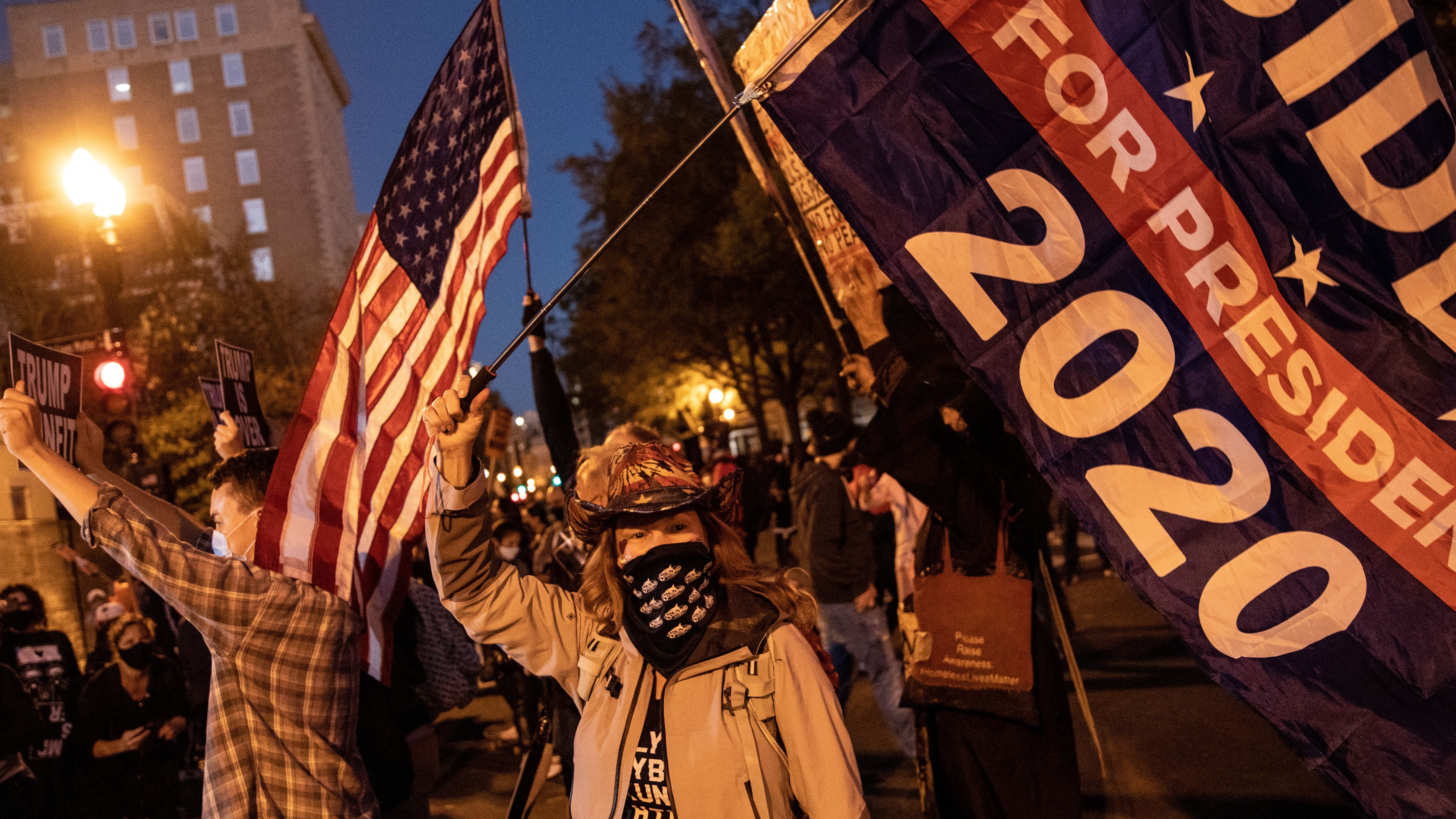
Democrats heading into the presidential election had cause to be confident, with polls giving Joe Biden a commanding lead in all of the country’s key swing states.
But memories of Hilary Clinton’s shock loss in 2016 came flooding back as the first results trickled in on Wednesday, with Donald Trump taking Florida with 51.2% of the vote share.
Unlike in the election four years ago, the Democrats are still on the verge of victory, as Biden picks up vital “blue wall” states in the midwest that Clinton lost. Yet pollsters had predicted a far smoother path to the White House for Biden - so why did they get it wrong again?
The Week
Escape your echo chamber. Get the facts behind the news, plus analysis from multiple perspectives.

Sign up for The Week's Free Newsletters
From our morning news briefing to a weekly Good News Newsletter, get the best of The Week delivered directly to your inbox.
From our morning news briefing to a weekly Good News Newsletter, get the best of The Week delivered directly to your inbox.
How far off target were the predictions?
According to FiveThirtyEight’s poll aggregator, the consensus among major national polls on 1 November was that Biden had an 8.4% lead over Trump across the country’s 50 states.
If correct, Biden would have enjoyed a landslide victory. But a very different “reality sunk in the minute Florida started reporting its election results”, sociologist Salvatore Babones writes in an article for the Sydney Morning Herald.
Before the election, Emerson College had Biden up by six points in Florida, while Quinnipiac University and Monmouth University gave the Democrat a five-point lead. Those predictions of a Biden win were backed up by Reuters/Ipsos and NBC News/Marist polls, which both forecast that he would take the Sunshine State by four points.
A free daily email with the biggest news stories of the day – and the best features from TheWeek.com
When the votes came in, however, Trump had won the state and its 29 electoral college votes by 3.5 points.
Elsewhere in the country, “polls downplayed Trump’s support even more flagrantly than they did in Florida”, says Wired. Biden held a seven-point lead in Wisconsin and an eight-point lead in Michigan, according to CNBC/Change Research.
But with 99% of votes counted in both Wisconsin and in Michigan by end of play on Wednesday, he was up by just 0.7 and 2.7 points respectively.
In Ohio, which Trump won by just under 450,000 votes in 2016, polls said Biden was “within less than a point”, the magazine adds. “He’s currently down eight.”
In 2016, a saving grace for the pollsters was that while their prediction that Clinton would win was incorrect, their polling on the popular vote ended up being fairly accurate.
RealClearPolitics called an average Clinton lead of 3.3 percentage points over Trump across the US on the day of the election, and she ended up winning the popular vote by 2.1 points.
But the size of the polling errors this time round appears to be far greater.
Biden is currently leading the national popular vote by 2.4 points, which translates into about 3.5 million votes. But FiveThirtyEight’s aggregation of polls on the night before the election gave Biden a lead of more than three times those totals.
However, in FiveThirtyEight’s defence, the site did point out that the polls suggested the election would be “a fine line between a landslide and a nail-biter” - one prediction that has proved correct.
Why did the pollsters get it wrong again?
Opinion polling is a science of data and modelling. But when the data proves faulty, the result may be what The Atlantic describes as a “catastrophe for American democracy”.
While pollsters “claimed that they had learned the lessons from their 2016 mistakes”, they were “actually more wrong this time around”, data journalist Mona Chalabi writes in The Guardian.
Speculating on why the data did not reflect reality, Chalabi suggests two explanations: the pollsters may have “found it even harder to track down and speak to 1,000 adults who accurately represented 240 million voters, or Trump voters were even more reluctant this time to tell a stranger their preferred candidate”.
A similar explanation is put forward by sociologist Babones in the Sydney Morning Herald, who points out that one pollster - Rasmussen - got Florida right, after also being the only major company that came close to predicting the outcome in the 2016 election.
“Instead of using human poll-takers like the other major polls, Rasmussen uses a pre-recorded voice,” Babones writes. “Human beings are social animals, and that’s just as true when they’re answering a telephone survey as when they’re arguing on Twitter.
“In an America where Trump supporters are routinely called ‘racist’ (or worse), it’s no surprise that many of them prefer to keep their political leanings to themselves.”
In other words, in a US election that saw the highest turnout in more than a century, shy Trumpists appear to have caught the pollsters flat-footed once again.
-
 Donald Trump’s squeeze on Venezuela
Donald Trump’s squeeze on VenezuelaIn Depth The US president is relying on a ‘drip-drip pressure campaign’ to oust Maduro, tightening measures on oil, drugs and migration
-
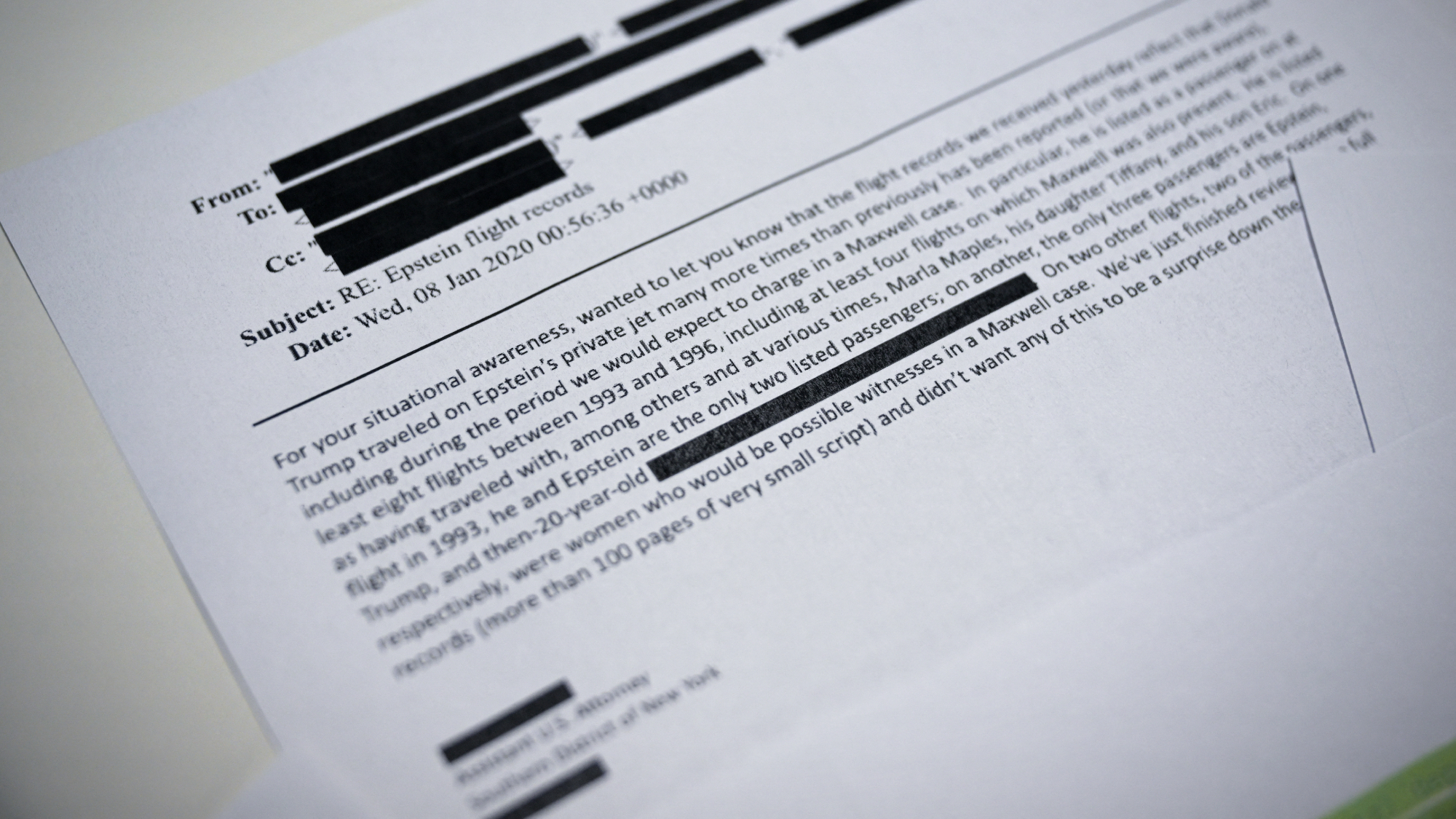 Trump appears numerous times in new Epstein batch
Trump appears numerous times in new Epstein batchSpeed Read
-
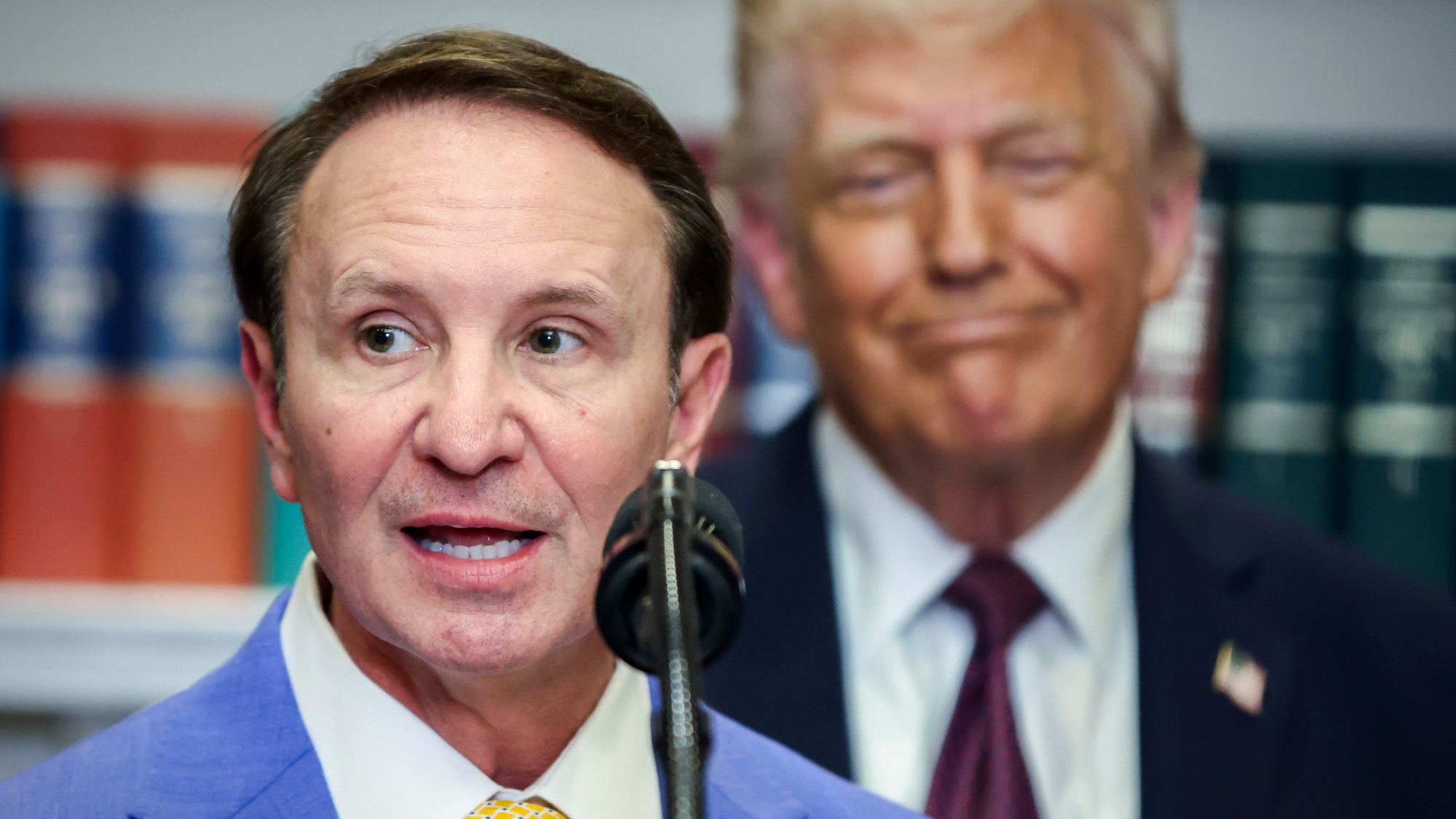 Danes ‘outraged’ at revived Trump Greenland push
Danes ‘outraged’ at revived Trump Greenland pushSpeed Read
-
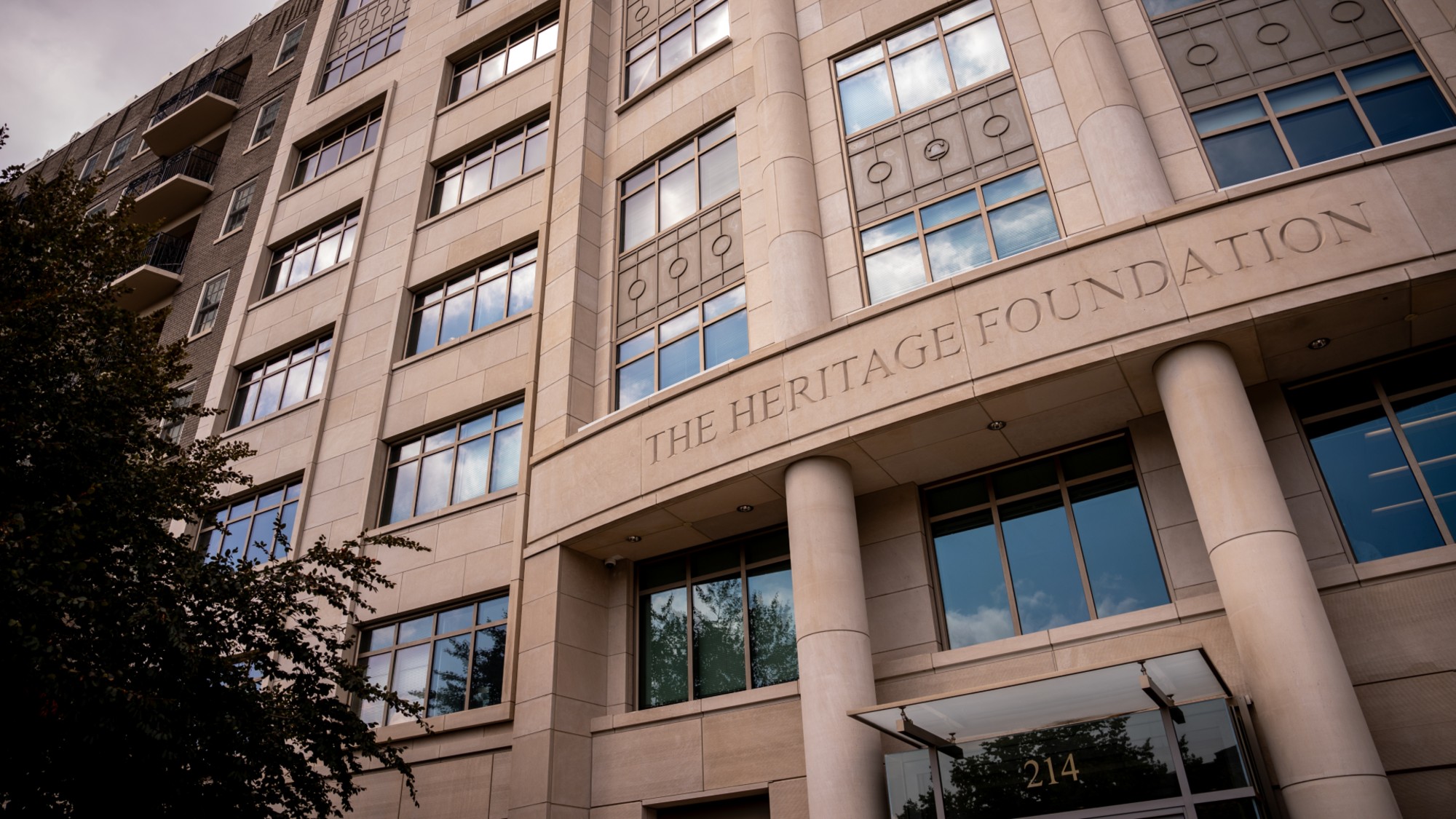 ‘Tension has been building inside Heritage for a long time’
‘Tension has been building inside Heritage for a long time’Instant Opinion Opinion, comment and editorials of the day
-
 The MAGA civil war takes center stage at the Turning Point USA conference
The MAGA civil war takes center stage at the Turning Point USA conferenceIN THE SPOTLIGHT ‘Americafest 2025’ was a who’s who of right-wing heavyweights eager to settle scores and lay claim to the future of MAGA
-
 CBS pulls ‘60 Minutes’ report on Trump deportees
CBS pulls ‘60 Minutes’ report on Trump deporteesSpeed Read An investigation into the deportations of Venezuelan migrants to El Salvador’s notorious prison was scrapped
-
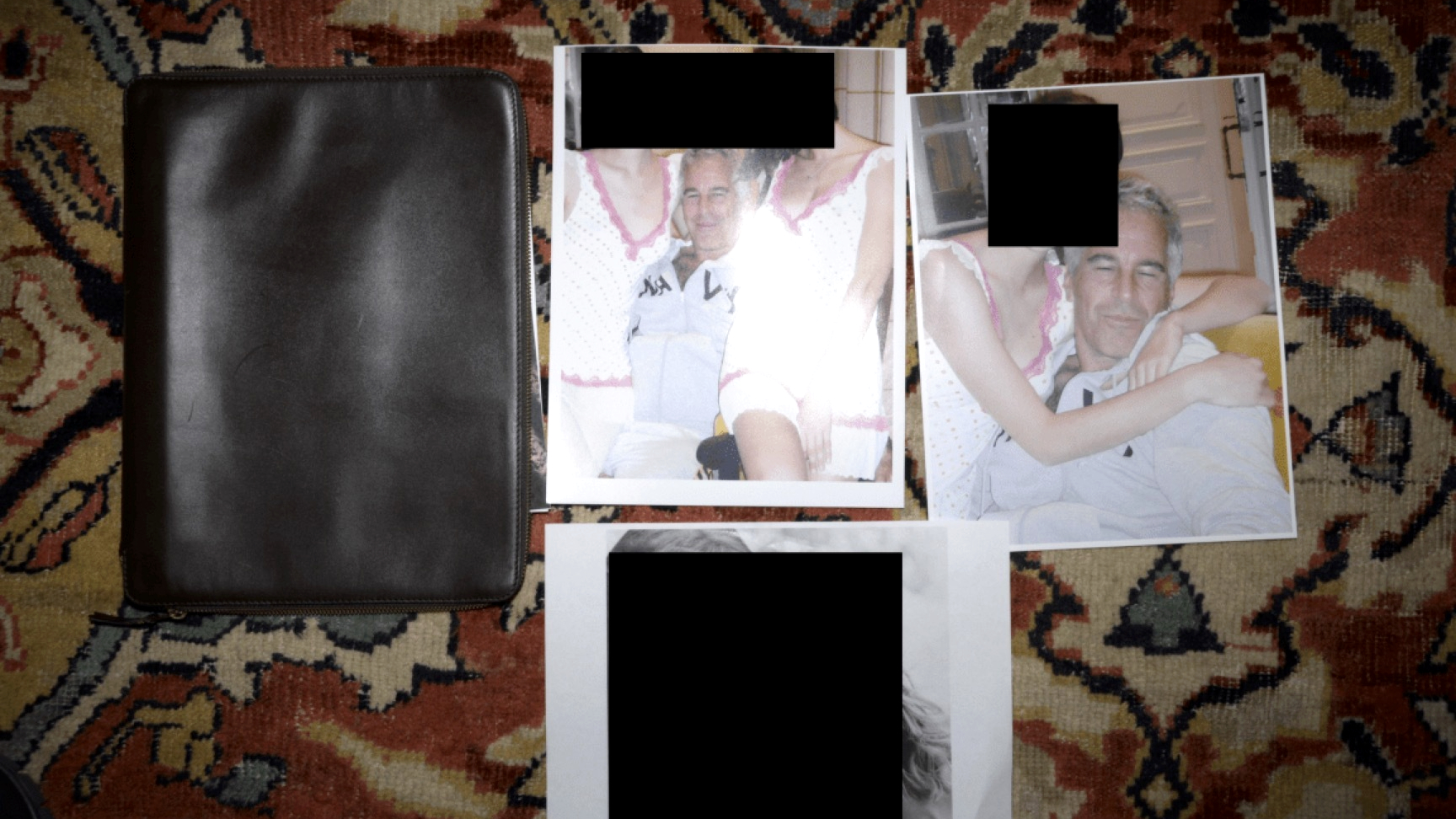 Trump administration posts sliver of Epstein files
Trump administration posts sliver of Epstein filesSpeed Read Many of the Justice Department documents were heavily redacted, though new photos of both Donald Trump and Bill Clinton emerged
-
 Is Trump deliberately redacting Epstein files to shield himself?
Is Trump deliberately redacting Epstein files to shield himself?Today’s Big Question Removal of image from publicly released documents prompts accusations of political interference by justice department


